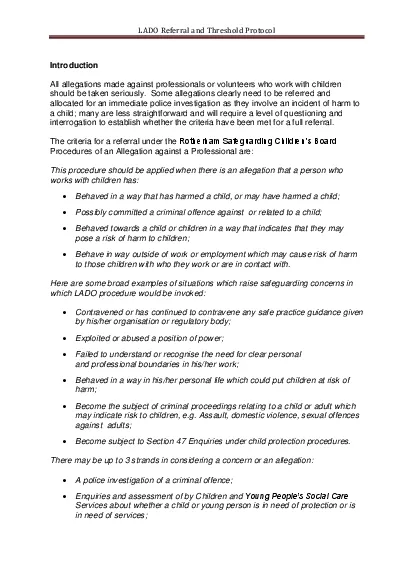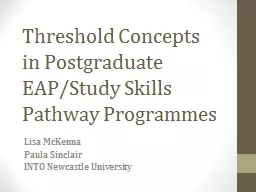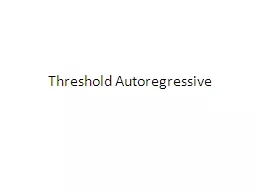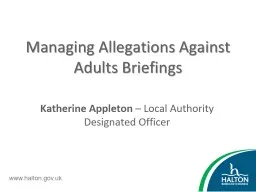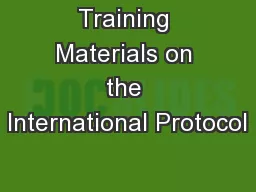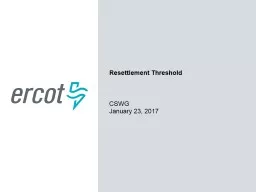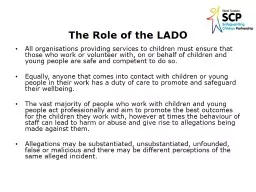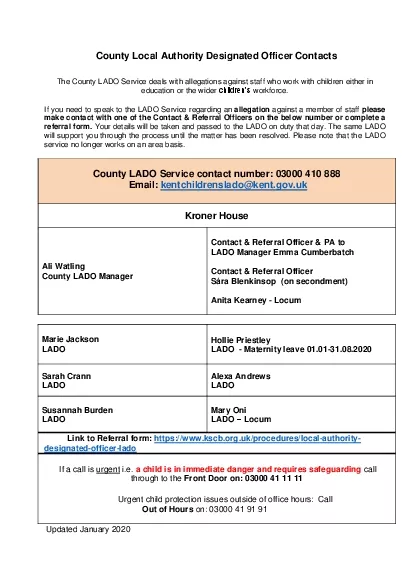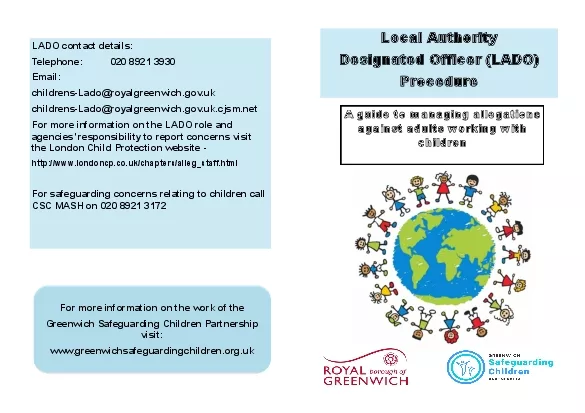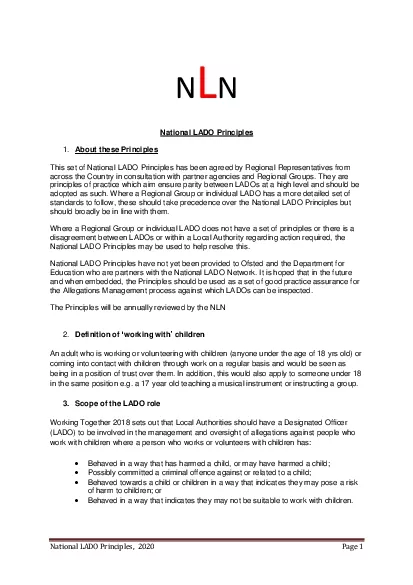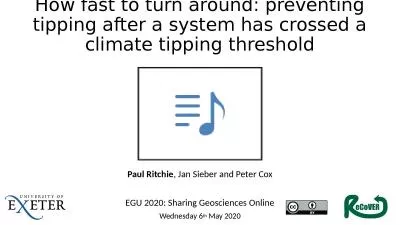PDF-LADO Referral and Threshold Protocol
Author : stella | Published Date : 2021-08-09
Introduction All allegationsmade against professionals or volunteers who work with children should be taken seriously Some allegations clearly need to be referred
Presentation Embed Code
Download Presentation
Download Presentation The PPT/PDF document "LADO Referral and Threshold Protocol" is the property of its rightful owner. Permission is granted to download and print the materials on this website for personal, non-commercial use only, and to display it on your personal computer provided you do not modify the materials and that you retain all copyright notices contained in the materials. By downloading content from our website, you accept the terms of this agreement.
LADO Referral and Threshold Protocol: Transcript
Download Rules Of Document
"LADO Referral and Threshold Protocol"The content belongs to its owner. You may download and print it for personal use, without modification, and keep all copyright notices. By downloading, you agree to these terms.
Related Documents

